I am running a marathon.
Are you kidding me? A marathon. I never thought those words would ever leave my mouth and one year ago I was adamant that it would never happen.
But low and behold I will line up in Corral E on Oct 9th and run 42.2kms through the streets of Chicago.
Puke.
This is my journey.
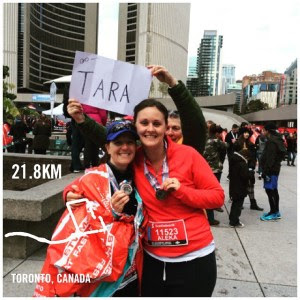

A year ago I was “training” to run my first half marathon. I had been running for the better part of a year, but injured on and off for most of it. I really didn’t have a real grasp on what actual training meant. My nutrition was horrid. I would run 5k to justify eating all the things. Burgers, fries, downed with a beer.
I ran the Scotiabank Half Marathon on Oct 18th. No race plan and an unrealistic goal of under 2 hours.
Started the race off injured and ended with a pulled hamstring.
I finished in 2:18.
But once I had finished. I was determined to do it again, but better.
I knew this time that in order for that to happen some things needed to change.
I gave myself time to heal (with the helping hands of Brittany Moran and the Runners Academy).
I gave myself a new goal.
The goal was to train. Train myself to be a stronger, healthier, faster runner.
Things I knew: I needed more strength training in my life. I needed to change my lifestyle. I needed a new diet.
And I needed to work for it.



First up was diet.
To begin, I woke up Jan 1st and decided to stay sober, for awhile.
I decided to drink my coffee black.
No sugar.
Limited dairy.
Limited bread.
All the protein (meat, beans, eggs) and all the good fats and good carbs.
I was diagnosed in October with hypothyroidism so I cut out all the veggies that were bad for my thyroid (kale, broccoli, cauliflower, bok choy, spinach, cabbage).
I ate all the other veggies. A lot of veggies.
Having healthy snacks and meals prepped really helped with staying on track.
What I found was the longer I ate healthy the less I craved the deep fried goodness.
Next up was strength and training.
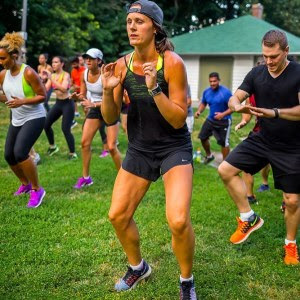
I scheduled exercise like I would a doctors appointment or my job.
Running was my priority.
Which meant I spent a lot less time with some friends. I bailed on most plans. But I needed to set up a routine.
But then something great happened. I made some new friends. Friends with the same priorities. Friends that challenged me.
Up next was a goal race.
The Toronto GoodLife Half Marathon was it. May 1st. Giving me 4 months to improve my half marathon time by 18 mins. Huge goal. But obtainable.
Next up was a training plan.
I followed all of this strictly for five months.
I crossed the line at the GoodLife Half Marathon at 1:47:09.
Just over 30 mins faster then seven months prior.
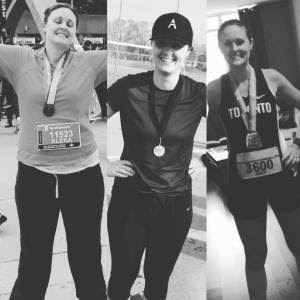
I had gained a whole new respect for my body. I wanted more.
During the last month of training for the half my race wife and I decided to do something crazy. We put our name in for the Chicago Marathon lottery. If our names were drawn we would run a marathon this year.
Well, on April 21st at 6:30am I got the email. I had got in and so had Tara.
Holy shit, we are running a marathon.
June 20th, 2016
Our wonderful coach KC had customized training plans for us. Laid out day by day. Exactly what we needed to do. No turning back now.
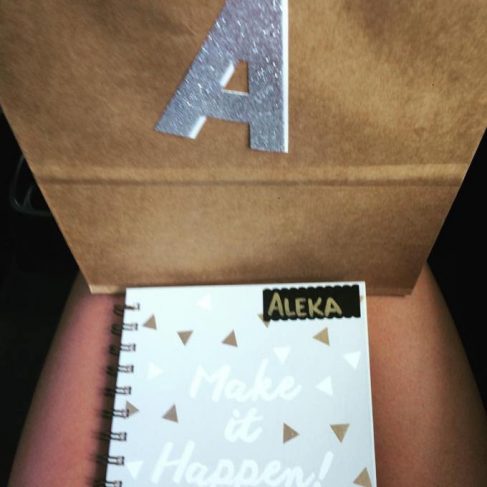
I would like to take a minute to discuss the importance of a training partner.
She gets it. She is my other half. She talks me off the wall daily. We spend most days texting back and forth about the most ridiculous things. She makes me a better person and a better runner. She is beside me and we don’t even need to talk. Just having her there makes every run easier. She is the reason I am where I am today. About to run a marathon.
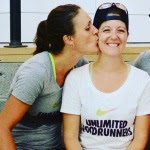
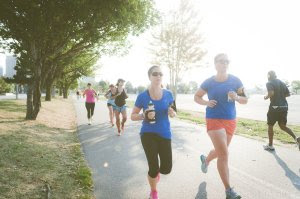
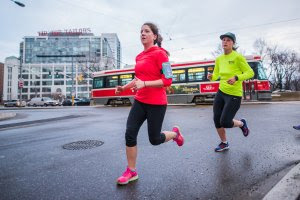
We made sure to get in at least one run a week together, usually 3-4.
I also can’t stress the importance of a run crew. The Foodrunners and the NRC kept me accountable. These two crews help mould me into the runner I am today. When people believe in you and motivate you, anything can happen.

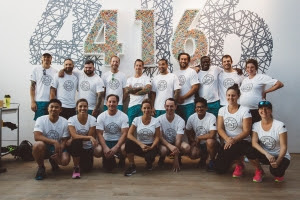
So when people tell you that training for a marathon takes over your life, you don’t ever really believe them until it does. Marathon training took over my life.
I decided to adopt a 80/20 mentality when it came to eating and drinking. I had become somewhat of a hermit during my half training and it was now summer and I needed to see my friends. I wouldn’t drink the nights before my long run. I would eat well 80% of the time. It helped keep me sane.
My average week went like this: Monday track: Speed work, Tuesday 10k, Wednesday 10k: Foodrunners, Thursday Crosstrain: HIT & Run, Friday 10k, Saturday long run, Sunday rest.

I managed to still have a summer. I went to Wayhome, got drunk and missed my long run, but managed to still run 7k every morning to the lake and back. No regrets.
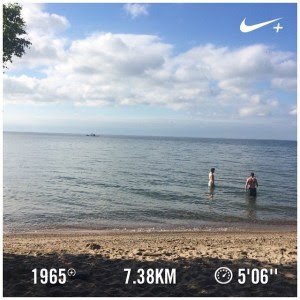
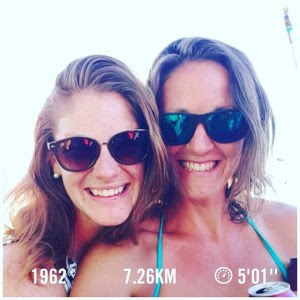
I worked Boots and Hearts, but managed to run 24kms across Oro Medonte on my 5th wedding anniversary.
Run where and when you can. Fit it in and don’t beat yourself up if you miss one. Advice that stuck with me this cycle.
Every long run was my longest. It made every one special. Pushing harder then I ever had before.
Our 30k long run was just that. Special. Somehow getting to 30k gave me the confidence I needed. After that run I actually believed I could not only cross that finish line, I could actually race this marathon.

Then came the 32k run from hell. We suffered and suffered, and called an uber the minute we hit 32. I questioned everything.
But we learned. Maybe.
I made the mistake of eating a ton of dairy before our 35km long run and I drank a couple glasses of bubbly. Well I paid for that. Dearly. Thank god for random porto pottys. But we made it through with the help of our wonderful pacer Inge who sang and kept us occupied the whole way through.
Lesson learned.
The 37km run. 5 kms less then a marathon. The one we were terrified for. It’s amazing what the mind will let your body endure. This was the easiest run of them all. We had fueled properly, we had hydrated well and we had slept the night before.
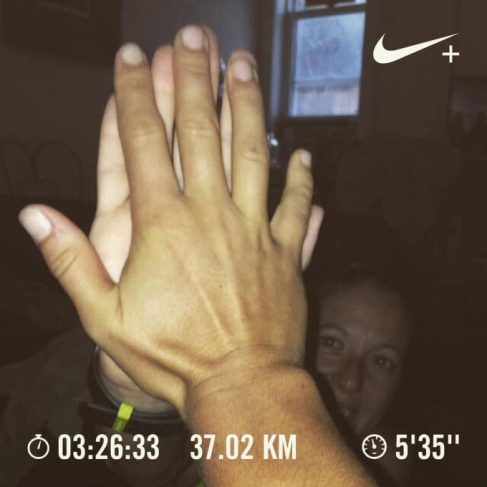
We were ready.
All the sweaty, sometimes hungover track sessions have given me the speed I crave. The slow and steady long runs have given me the confidence that my body could endure the pain of 3+ hours of running. My beloved HIT and run sessions have given me a strong core and muscles in my legs that I didn’t know existed. This whole training cycle has changed me. Marathon training changes you.
Then comes the worst part of training. The taper.
Trusting your training. Trusting that your body is ready. This is the hardest part of the whole cycle. Believing that you have done all that you could do.
Well here we are 5 days away.
Wish me luck as I am about to leave it all on the course.
Clear eyes, full heart, can’t lose.






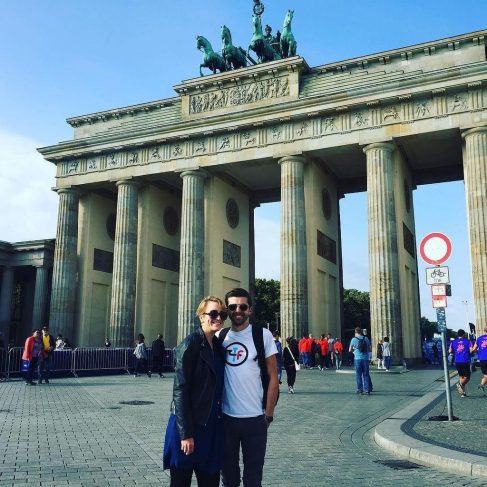





























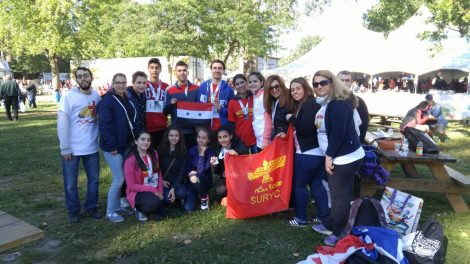


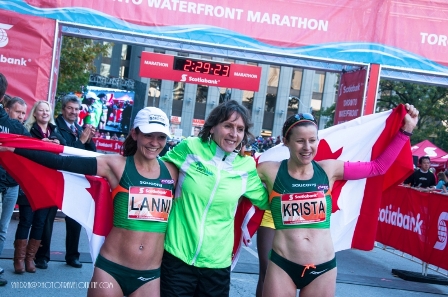
 Our Magazine
Our Magazine
